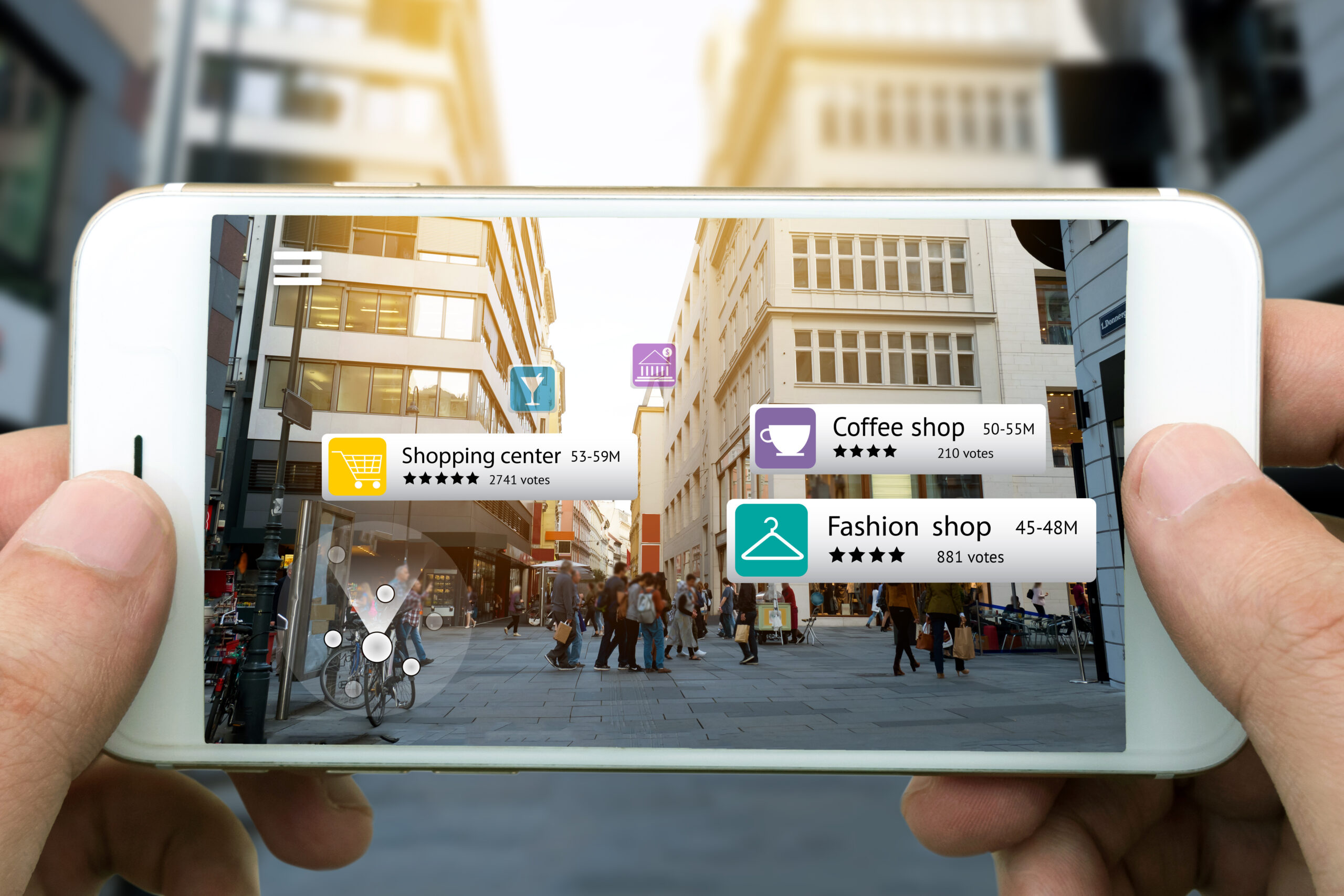The Impact of Augmented Reality (AR) in E-Commerce
Introduction
Augmented Reality (AR) has emerged as a transformative force in the world of e-commerce, revolutionizing the way customers interact with products online. This immersive technology overlays virtual elements onto the real world, providing users with interactive and engaging experiences. In this blog, we'll explore the profound impact of Augmented Reality on e-commerce and how businesses can leverage this technology to enhance customer engagement and drive sales.
Augmented Reality in E-Commerce
1. Visualizing Products in the Real World
Additionally, AR allows customers to visualize products in their real-world environments. Whether it's furniture, home decor, or clothing, users can use their smartphones or AR-enabled devices to place virtual items in their homes or try on virtual clothing. This creates a more personalized and interactive shopping experience.
2. Virtual Try-On Experiences
One of the notable applications of AR in e-commerce is virtual try-on experiences. Moreover, customers can virtually try on products such as eyeglasses, jewelry, or makeup, allowing them to make more informed purchase decisions without physically trying on the items.
3. 3D Product Demonstrations
Additionally, AR allows for interactive 3D product demonstrations. Furthermore, users can explore the features and functionalities of products in a three-dimensional space, gaining a deeper understanding of the product before making a purchase decision.
Benefits of AR in E-Commerce
1. Enhanced Customer Engagement
Additionally, AR technology allows for a more personalized and customized shopping experience. Moreover, it also creates a sense of excitement and novelty for the customer. Furthermore, it can lead to increased customer satisfaction and loyalty.
2. Reduced Product Returns
Additionally, the visual accuracy provided by AR experiences contributes to a reduction in product returns. Moreover, customers have a clearer understanding of the size, color, and design of a product, minimizing uncertainties and increasing satisfaction with their purchases.
3. Increased Conversion Rates
Additionally, AR experiences can contribute to increased conversion rates. Furthermore, the immersive nature of AR interactions captures the interest of users, encouraging them to spend more time engaging with products and making them more likely to convert into customers.
Practical Applications of AR in E-Commerce
1. Virtual Furniture Placement
In the furniture and home decor sector, AR allows customers to virtually place furniture items in their homes. Additionally, this feature helps users visualize how a piece will fit within their space, considering factors such as size, style, and color coordination.
2. AR-Fueled Fashion Shopping
First of all, fashion retailers leverage AR for virtual try-on experiences. Consequently, users can see how clothing items look on them in real-time. This eliminates the uncertainty of whether a garment will fit or suit their preferences.
3. Beauty Product Try-Ons
In addition, AR technology is also used to provide interactive and personalized skincare recommendations. This enables customers to better understand their skin's needs and choose the most suitable products. Moreover, AR enhances the overall shopping experience by providing a fun and engaging way for customers to explore and try out new beauty products.
Implementing AR in Your E-Commerce Strategy
1. Mobile App Integration
Consider integrating AR features into your e-commerce mobile app. Providing users with the ability to access AR experiences directly from their smartphones enhances accessibility and user engagement.
2. Collaborations with AR Platforms
Explore collaborations with AR platforms or developers to incorporate AR capabilities into your e-commerce website. This can include features like 3D product visualization, virtual try-ons, and interactive product demonstrations.
3. Promoting User-Generated Content
Encourage users to create and share AR-powered content. Whether it's virtual try-on sessions or creative use of AR features, user-generated content can boost brand visibility and provide social proof for potential customers.
Overcoming Challenges in AR Implementation
1. Technical Accessibility
Address technical accessibility concerns by ensuring that your AR features are compatible with a wide range of devices. Consider providing alternative experiences for users without AR-enabled devices.
2. Quality Content Creation
Invest in quality content creation for AR experiences. High-resolution 3D models and accurate representations of products are crucial for delivering a satisfying and realistic AR encounter for users.
3. Educating Users
Some users may not be familiar with AR experiences. Provide clear instructions and tutorials to educate users on how to access and interact with AR features, creating a seamless and user-friendly experience.
Measuring the Impact of AR in E-Commerce
1. User Engagement Metrics
Monitor user engagement metrics specific to AR features, such as the time spent on AR interactions, the number of products tried on or visualized, and the frequency of AR usage. Positive trends indicate the effectiveness of AR in engaging users.
2. Conversion Rates and Sales Data
Track conversion rates and sales data related to products featured in AR experiences. Analyzing the impact on sales and conversions provides insights into the direct influence of AR on purchasing decisions.
3. Customer Feedback and Satisfaction
Collect customer feedback on AR experiences through surveys or reviews. Understanding user satisfaction, preferences, and any challenges they may have encountered helps in refining and optimizing AR features.
Conclusion

Augmented Reality is a game-changer in the e-commerce landscape, offering a new dimension to the online shopping experience. By integrating AR features into your strategy, you can enhance customer engagement, reduce product returns, and increase conversion rates. As AR technology continues to evolve, staying at the forefront of innovation can set your brand apart, offering a unique and memorable journey for your customers. Stay tuned for more insights into e-commerce trends and business best practices in our upcoming blogs.


